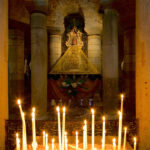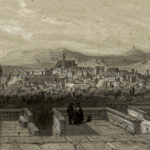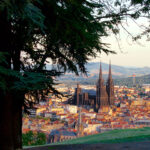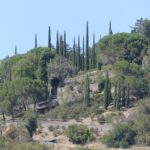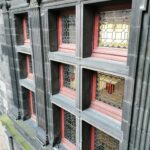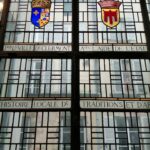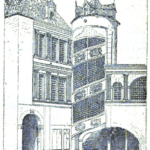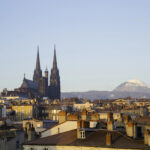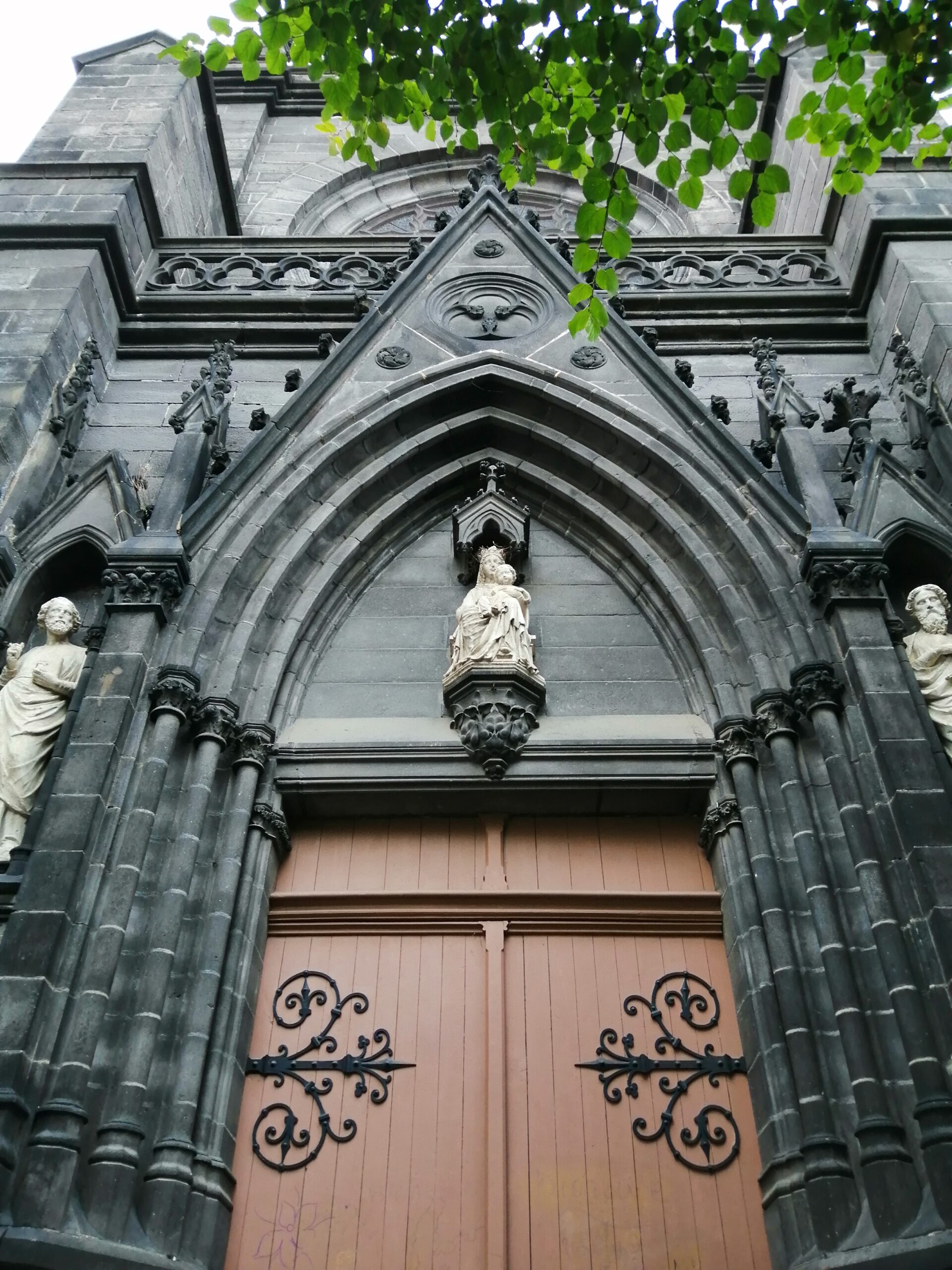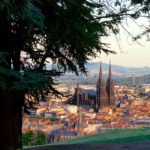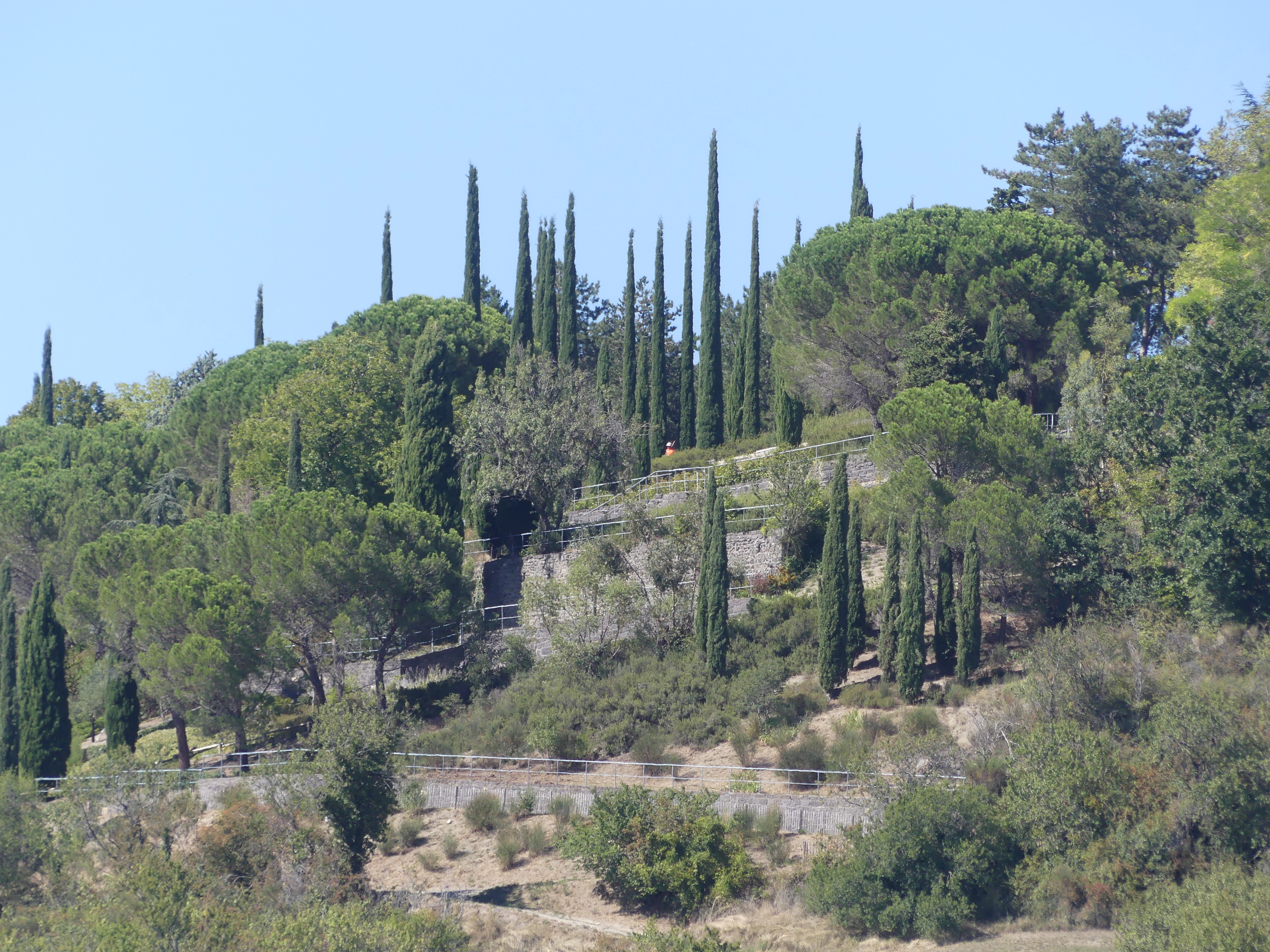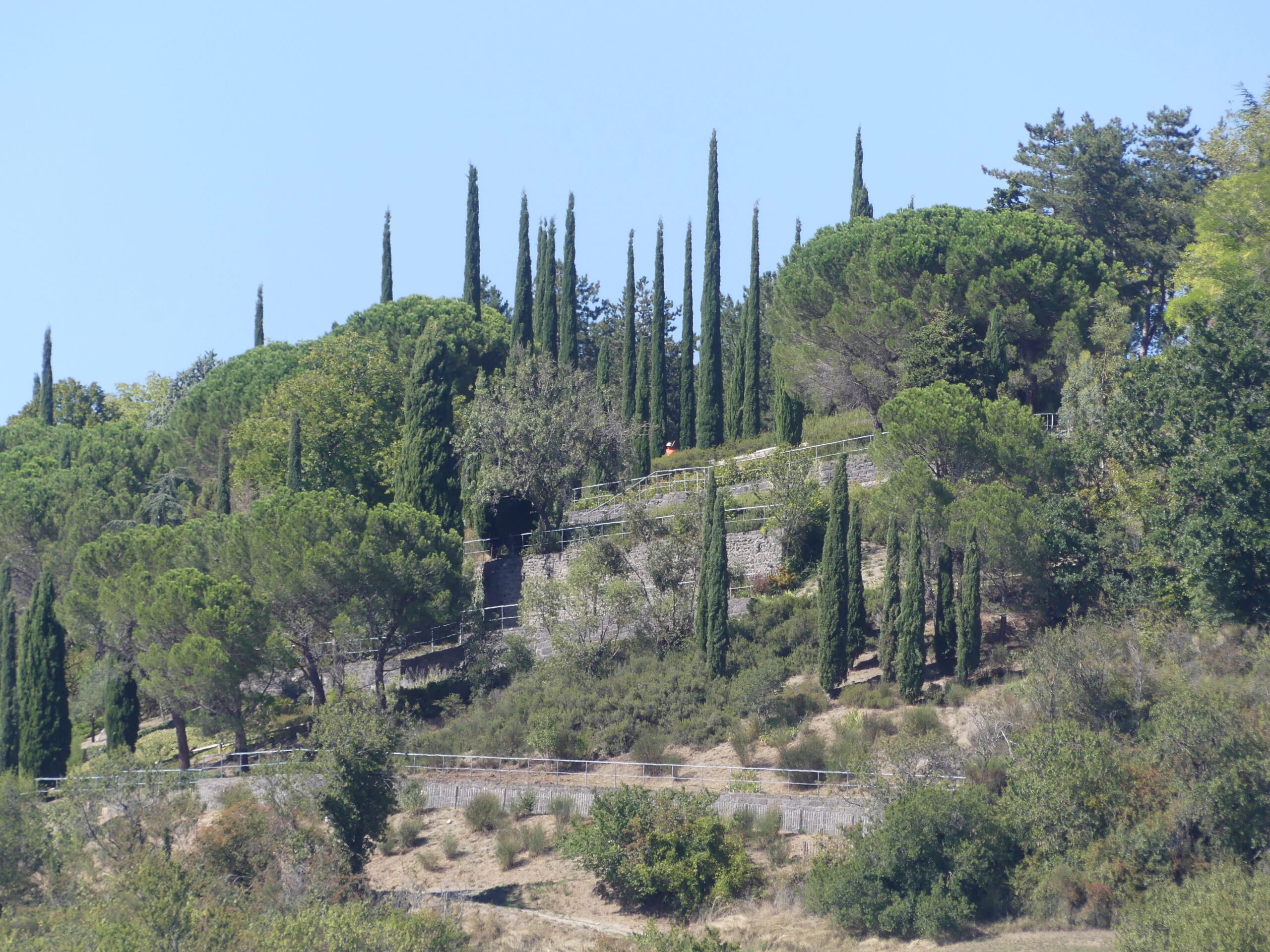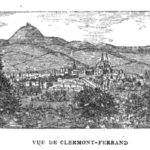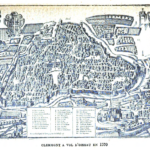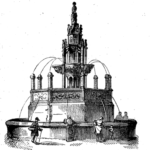Clermont is certainly an interesting city. There is no end to its architectural relics of olden days, and to its narrow streets, which seem to defy the improving or spoiling hand of time. They carry the imagination back to past ages…
-Charles Richard Weld
Clermont-Ferrand is no world capital. It doesn’t have the reputation of Paris or Bordeaux. And there’s no denying that it lacks the ritzy seaside avenues of the Côte d’Azur. Still, as a holiday destination that lies comfortably snuggled between some of the most beautiful mountains in Europe, Clermont is the ideal base for the Indiana Joneses among us — the consummate lovers of adventure.

Clermont’s cultural attractions are legion, and as you walk through the city the ghosts of the ancient past — exuding from places like the Basilica of Notre-Dame-du-Port — become like Dante’s Virgil, ushering you through the tumultuous annals of time. Visible from every direction, a cloud-girdled god — the puy de Dôme volcano — watches your every step. Treasured by the Celts, the Romans, and — if the sixteenth-century rumours are true — a sect of witches, the puy is incontestably France’s only Olympus.
Of course, Clermont has its hustle and bustle, its new builds, its bureaucracy. But its soul — a Holy Grail of sorts — is louder than all these, and if you know how to listen, it will guide you on hidden pathways to arcana untold.
The following is a short introduction to the lesser-known landmarks of the heartland city that for years has been so unjustifiably overshadowed by its more famous Northern and Southern cousins.

Visit the St. Alyre Quarter
Named after an exorcist who served as Clermont’s fourth bishop, St. Alyre has a history that goes back to the days of Late Antiquity. Although some of area’s oldest buildings were destroyed during the French Revolution, St. Alyre retains its unique, old-world charm. Here, for hundreds of years, people from all over the world visited the “petrifying fountain of St. Alyre”, a spring whose mineral-rich waters transformed anything they touched into stone-like sculptures. The family who managed the site closed the business in 2000, but today visitors can still view the attraction’s semi-dilapidated remains.
Another sight worth seeing is the often-ignored neo-Gothic church of St. Eutrope. Like its larger older brother — the Cathedral of Clermont-Ferrand — St. Eutrope is comprised of pierre de Volvic and features a set of vivid stained glass windows.

St. Eutrope is a few winding streets away — about a ten minutes’ walk — from the Tiretaine, Clermont’s secret river. Like the Thames, which has flowed through London for millennia, watching the rise and fall of civilisations, the Tiretaine has coursed through Clermont for generations, supporting life of all kinds. In fact, it’s not unheard of to spot trout in the river. Occasionally, after a rainstorm, you can catch sight of them darting between rocks, their scales flashing in the sunlight.

Bask in the Glory of the Chapel of the Old General Hospital
With its austere portico and Ionic columns, the Chapelle de l’ancien hôpital général (Chapelle of the Old General Hospital) could be mistaken for a fire-scorched temple of the Greek god Ares. Its origins, however, can be traced not in the Classical past but to the vision of nineteenth-century architect Hugues Imbert.
The chapel’s interior features barrel-vaulted ceilings, frescoes, stained glass windows, and a dome with an oculus reminiscent of Rome’s Pantheon. Although it not longer functions as.a place of worship, the chapel continues to provide glimpses of the sublime, regularly hosting a diverse range of art exhibitions.

Take a Stroll in Montjuzet
Montjuzet Park is to Clermont-Ferrand what Fiesole is to Florence. Fiesole, to some Renaissance-era writers, was a rustic retreat from city life — an upland district where one could philosophise, write, and perambulate among nature’s solitudes. Similarly, the twenty-six hectare (sixty-four acres) Montjuzet — located a few minutes north of Clermont’s Fontgiève district — has the air of a Tuscan Arcady. With its stone pines, cypresses, and olive trees, Montjuzet is possibly Clermont’s most unusual nature reservation — a space that shares more in common with the Italian countryside than with central France.


The park also has a lore of its own. Legend has it that in Roman times the crowning jewel of Montjuzet was a temple of the god Jupiter. The priestesses of this temple supposedly had many names — one of which was fades or “fairies”. If this tale is true it would mean that Montjuzet is Clermont’s only fairyland.
Browse through the Hotel Fontfreyde


Formerly known as the Maison des Architectes — the “house of the architects” — the opulent Hotel Fontfreyde features a melange of Gothic, neoclassical, and Baroque styles. Accessible from the Rue de Gras, it currently functions as an exhibition space and art gallery. Entry is always free, a fact that most people are usually surprised to learn.

Take a Hidden Clermont-Ferrand Walking Tour
If you’re someone who — to paraphrase Frankenstein author Mary Shelley — tends to find yourself on uncommon pathways by reason of your “love for and belief in the marvellous”, the best way to explore the city is to take one of Visit Auvergne’s Hidden Clermont-Ferrand Walking Tours. During each tour, you’ll be introduced not only to the city’s history but also to its folklore, which includes thrilling legends of ghosts, witches, and other occult beings.
Certain old maps depict dragons and other fantastical creatures in parts of the world that, at the time, were little-known or completely unexplored. Clermont, too, has its own “here-be-dragons” territory, and Visit Auvergne is the only guide that will take you there.

–this text-will-not-display- > [use it as a spacer]
–this text-will-not-display- > [use it as a spacer]




